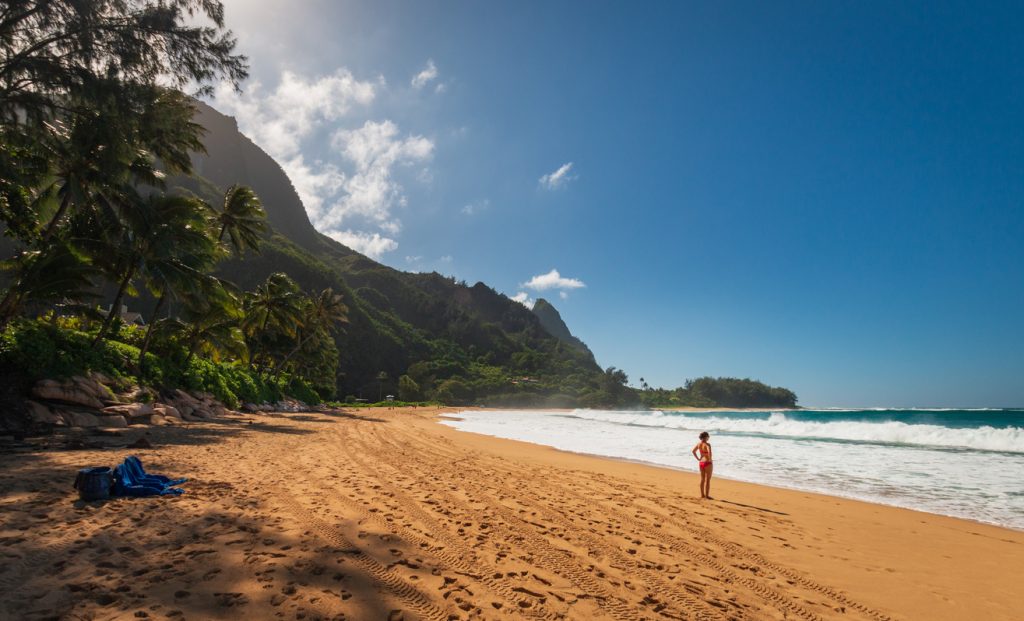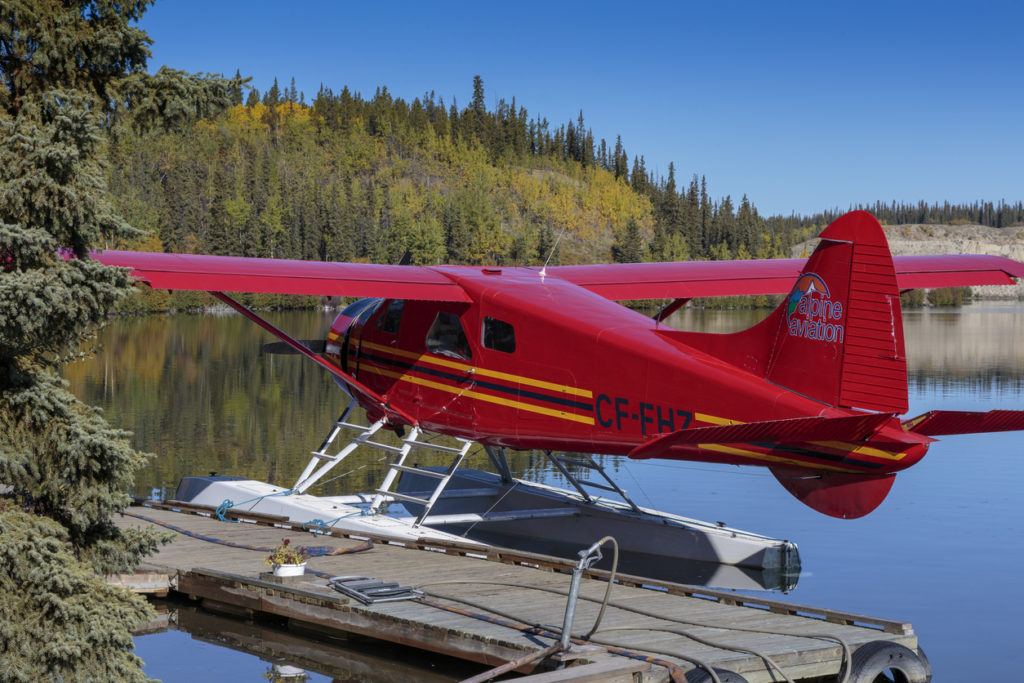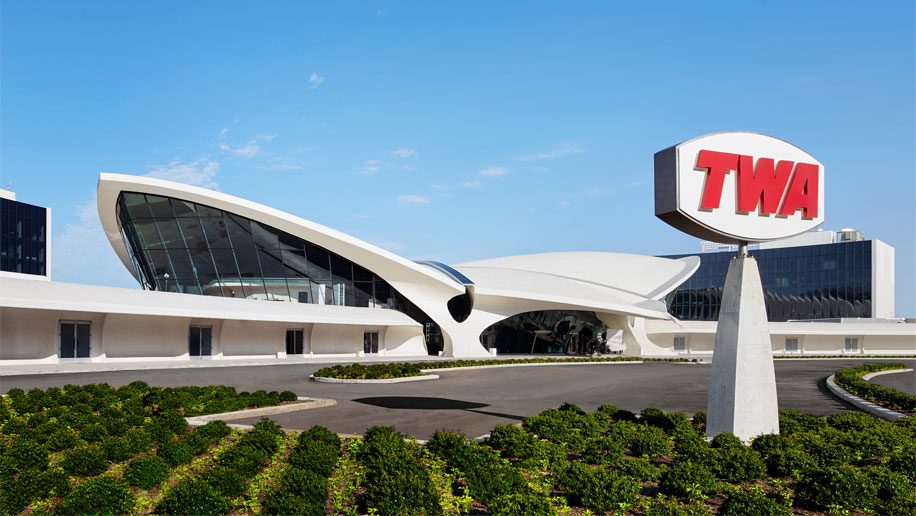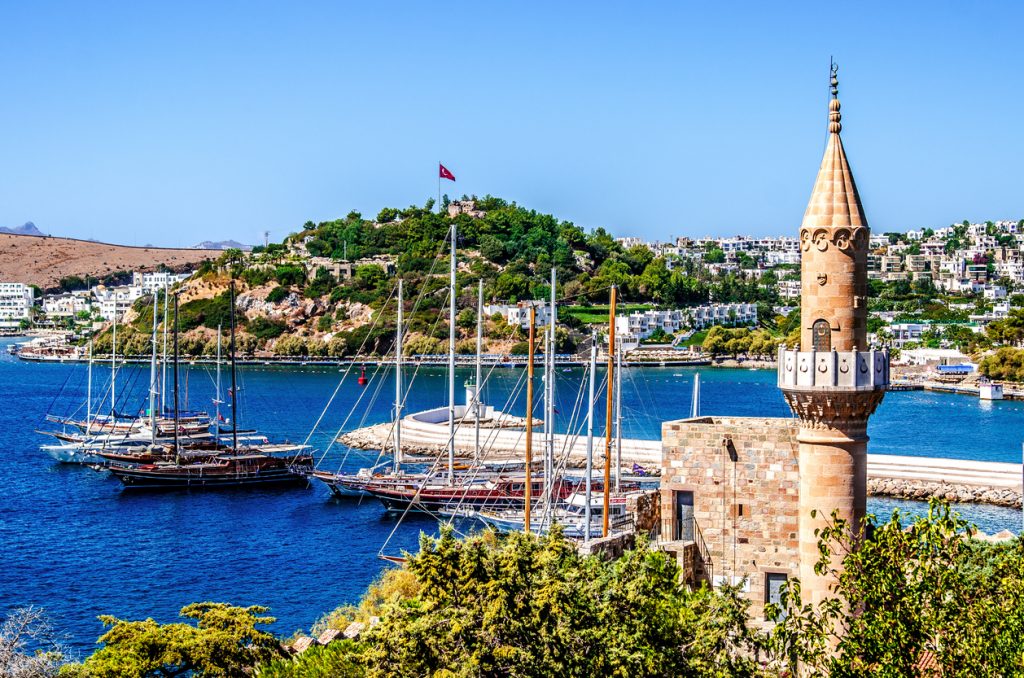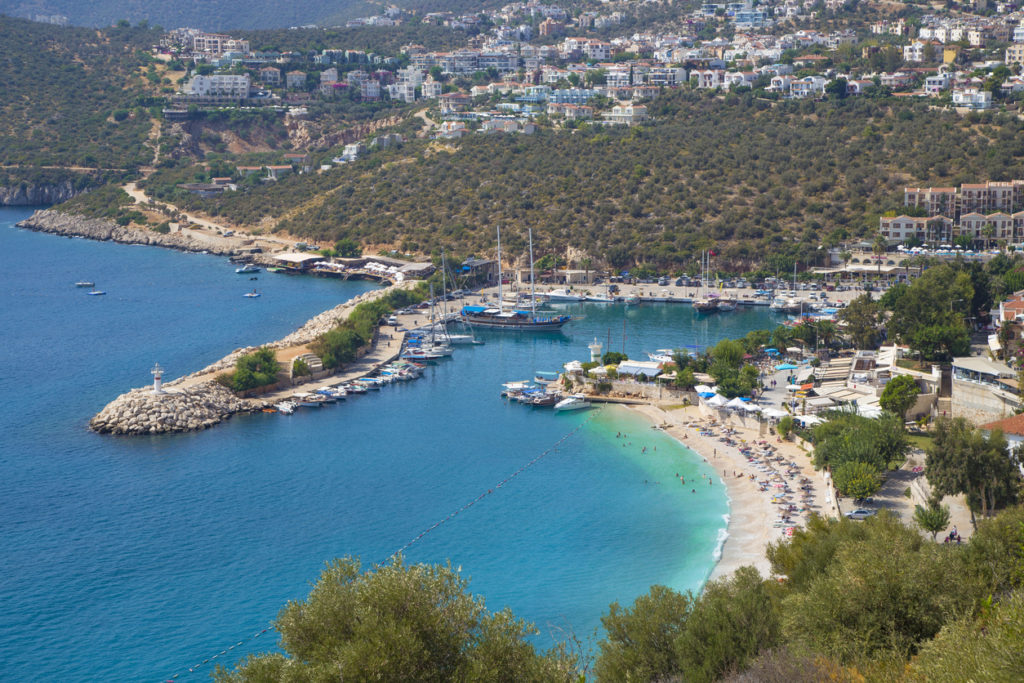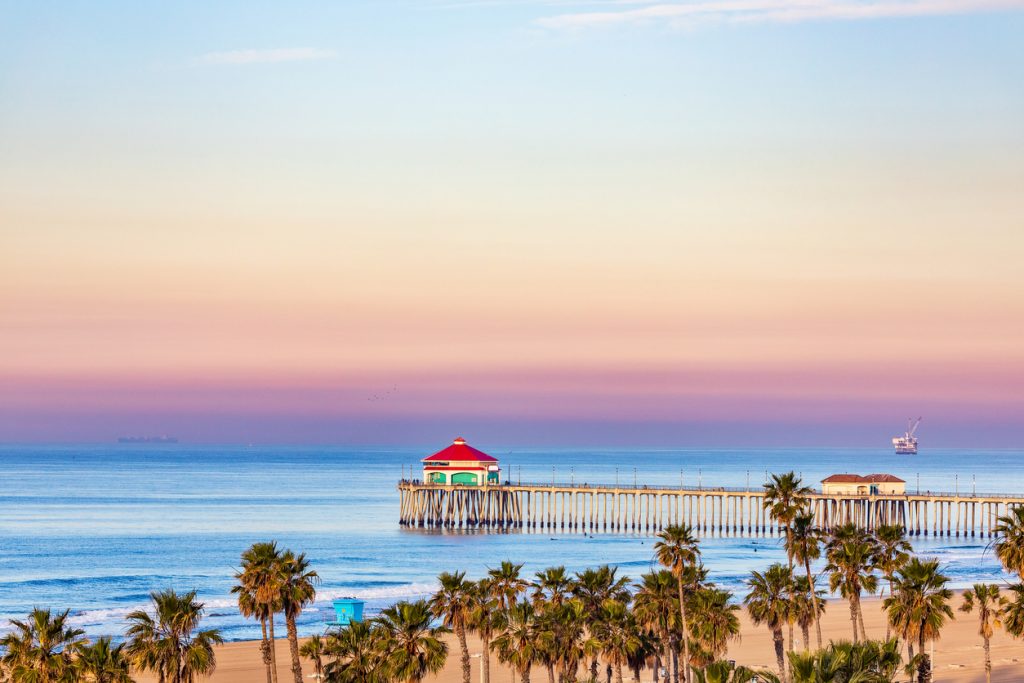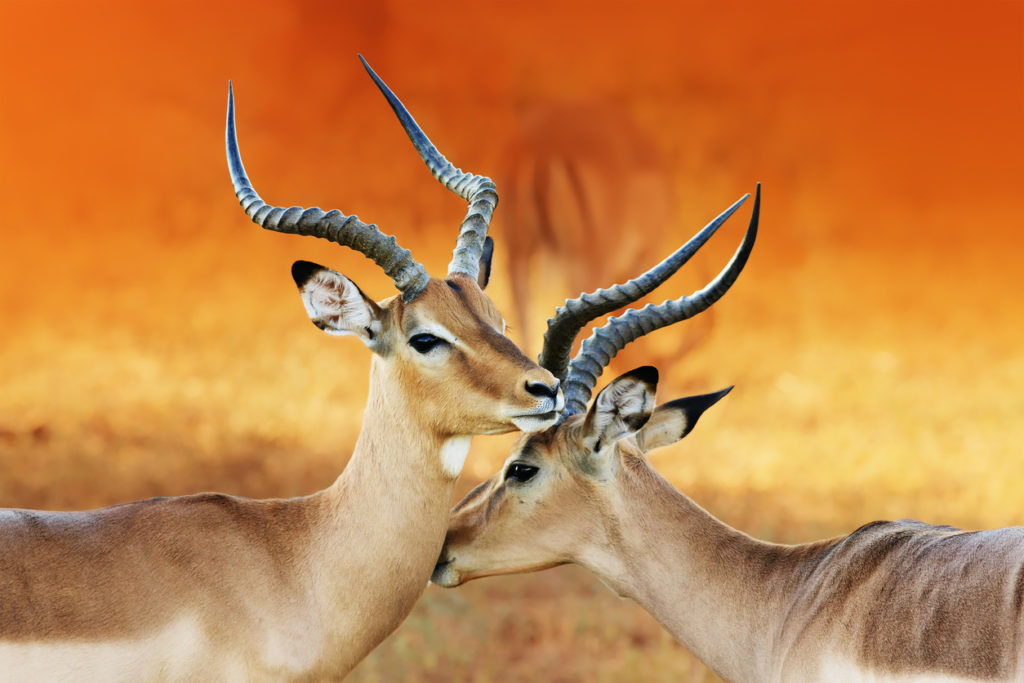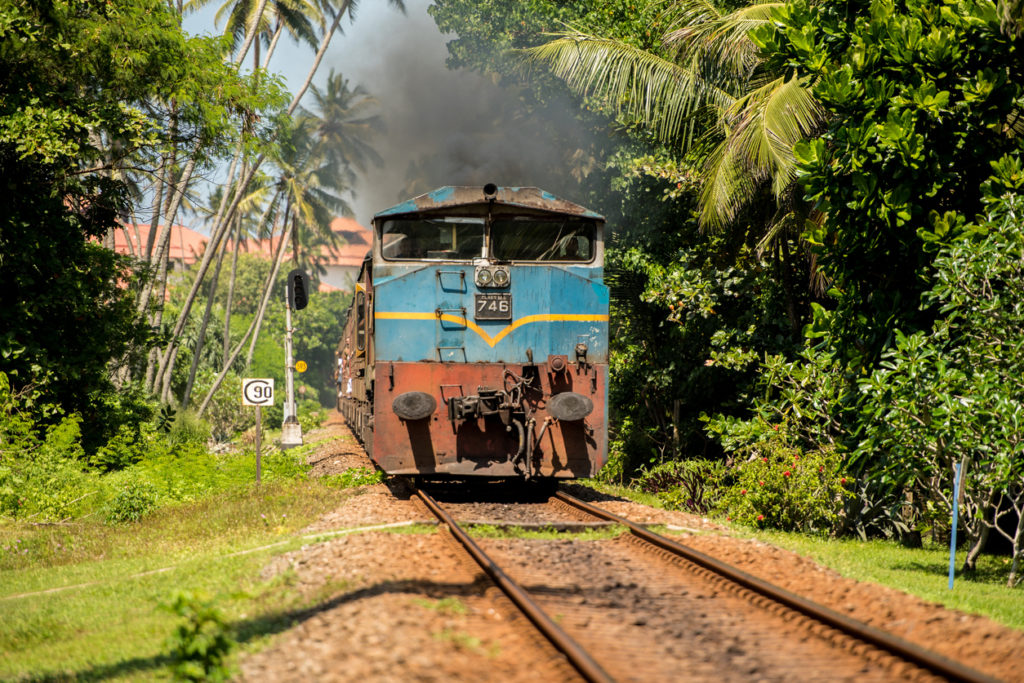
Once you’ll visit Bryce Canyon, you’ll see that it’s impossible not to enjoy it. You just can’t resist its beauty and grandeur, its trails and panoramic views, its spectacular amphitheaters and mystical hoodoos.
Bryce Canyon National Park is situated in Utah, in a surreal area of remarkable beauty. Not as famous as other canyons in the United States, Bryce Canyon has that “alone in the world” vibe that can be both relaxing and a bit scary, at the same time. However, there are plenty of visitors who come here to explore its natural amphitheaters and windows, fins and especially the ancient skinny rock spires called hoodoos, the result of Nature’s work for millions of years. As a matter of fact, this national park has more skinny spires than any other place on the planet and no photo will be able to create the sensation that overwhelms you when you’re actually walking among them.
Named after a Scottish immigrant, Ebenezer Bryce, who came here in the 1875 and became the first settler in the area, the Bryce Canyon tempts you with amazing views of three states, offering 200 miles of visibility and elevations that reach 9,115 feet. Since you’ll be exploring an otherworldly area, you can expect zero light pollution and the perfect setting for stargazing and admiring around 7,500 stars with the naked eye.
Despite its deserted, time-forgotten aspect, the Bryce Canyon is home to over 400 native plant species, mammals like foxes, deer, black bears, and mountain lions, as well as to 170 species of birds. A lively canyon that can’t wait to meet you!

When hikers met hoodoos
Although the Bryce Canyon is somewhat smaller than the other national parks in Utah, like Canyonlands, Arches, and Zion, it still has 18 miles of scenic road that crosses the park from north to south and hiking trails to get you going for days and days.
The hiking trails are classified according to difficulty levels and length, so there’s something for every hiker. Many of the trails interconnect at some point and you can combine your routes and create your own trails. However, know your limits! Since the hikes take you from the rim down into the amphitheaters, you’ll have to face an uphill hike on the way back!
If you’re looking for the easy trails, you can follow the Queens Garden or Bristlecone Loop. For the more adventurous, the national park has prepared the Navajo Trails and Hat Shop, the latter leading to a cluster of hoodoos. The advanced hikers should follow the Fairyland Look, a hike that usually takes about 4 to 5 hours and has several elevations changes, or the Riggs Spring Loop, an 8.5-mile loop that can get quite steep along the way and can be hiked in one day. If you need to rest, the trail has four campsite options where you’ll be able to spend the night and admire a sky full of stars.
The Under-the-Rim Trail is a backcountry trail and will take you along 22.9 miles of natural beauty. The trail connects Bryce Point and Rainbow Point and gives access to eight campsites and shuttles.
Not a hiker? You’ll still have fun!

If hiking feels like a great idea but driving sounds even better, you can enjoy scenic driving in the Bryce Canyon. For the best views, follow the road to Fairyland Canyon that unveils splendid hoodoos. Stop at least at Sunrise, Sunset, Inspiration, and Bryce viewpoints! Note that trailers are not allowed beyond Sunset Campground but you can leave them in the visitor center parking lot and try the hiking stuff people are talking about or take the shuttle. There is a free voluntary shuttle bus system available from May to October that will take you from Ruby’s Inn or the visitor center to the park’s trailheads or overlooks.
Interested to find out more about the Bryce Canyon while enjoying the views? Participate at ranger-led activities that include from short discussions about the park’s geology and history to rim walks and full moon hikes. The Bryce Canyon hosts the Astronomy Festival and the Geology Festival take place every summer, as odes to its outstanding beauty.
Passionate about canyons and horseback riding? Good news! The Bryce Canyon has trails “designed” especially for horse riding, like the one that will take you galloping from the corral into the amphitheater by Queens Garden.
And when winter comes…the Bryce Canyon is still open, ready to welcome visitors with winter activities. Due to its 8.000-9.000-feet elevation, when the snow starts to fall, the canyon becomes the perfect scene for snowshoeing and cross-country skiing. You can’t rent snowshoes at the visitor center and just let one of the Bryce Canyon Snowshoe Rangers lead the way. If you don’t need any guidance, you can go snowshoeing or cross-country skiing on the Rim Trail, between Bryce Point and Fairyland Point, the Bristlecone Loop or the Paria Ski Loop.
As you can see, the park is open 24/7, all year round. Start your adventure in the Bryce Canyon at the Visitor Center where you’ll be able to get your backcountry permits, park info, and view exhibits and a film about the park and spend as much time as you want here.
Enjoy!

